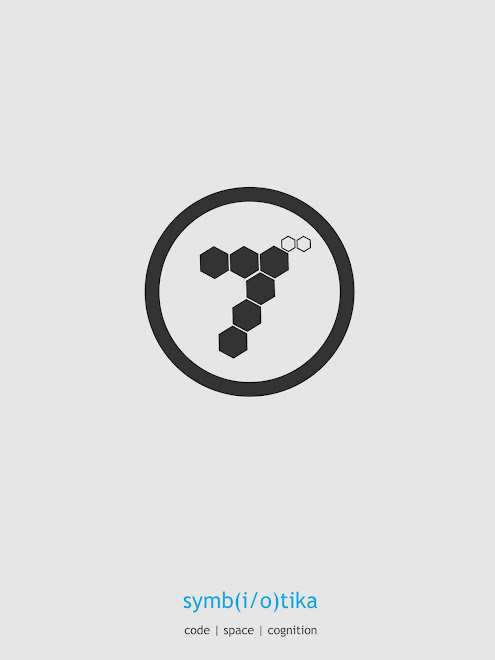
it's been couple of days now that I wanted to write few things about the installation at the Welcome Trust here in london entitled "CO-EXISTENCE" which has been designed by Julia Lohman.
The installation rediscovers the boundarys of the human body.
"Only one in ten of our cells is human - the rest are microbes. The human body can therefore be considered as an ecosystem that supports and is supported by millions of 'other' living things" .
that brings again into the forefront that whole discussion about the constituion of the organism, the subject, the self. it reveals a rhizomatic understanding that moves the autopoietic theory towards machinic heterogenesis and the theory of assemblage.
anyway it is worth passing by the Wellcome Trust center at Euston road to see the installation and to realise that you are everywhere not only informationaly but also structuraly... you form a rhizome within a braoder ecosystem.
this whole discussion resonates with my research about the symbiosis of a meshwork of systems in the build environment... you will argue that this is not so novel however I will state the opposite... more soon hopefully!
since then, few things on the installation here
"the important thing is to understand life, each living individuality, not as a form, or a development of form, but as a complex relation between different velocities, between deceleration and acceleration of particles"
Deleuze, G.(1988) Spinoza: Practical Philosophy. Trans. Robert Hurley. City lights Books, San Francisco, p.123
here is another article from
wired


